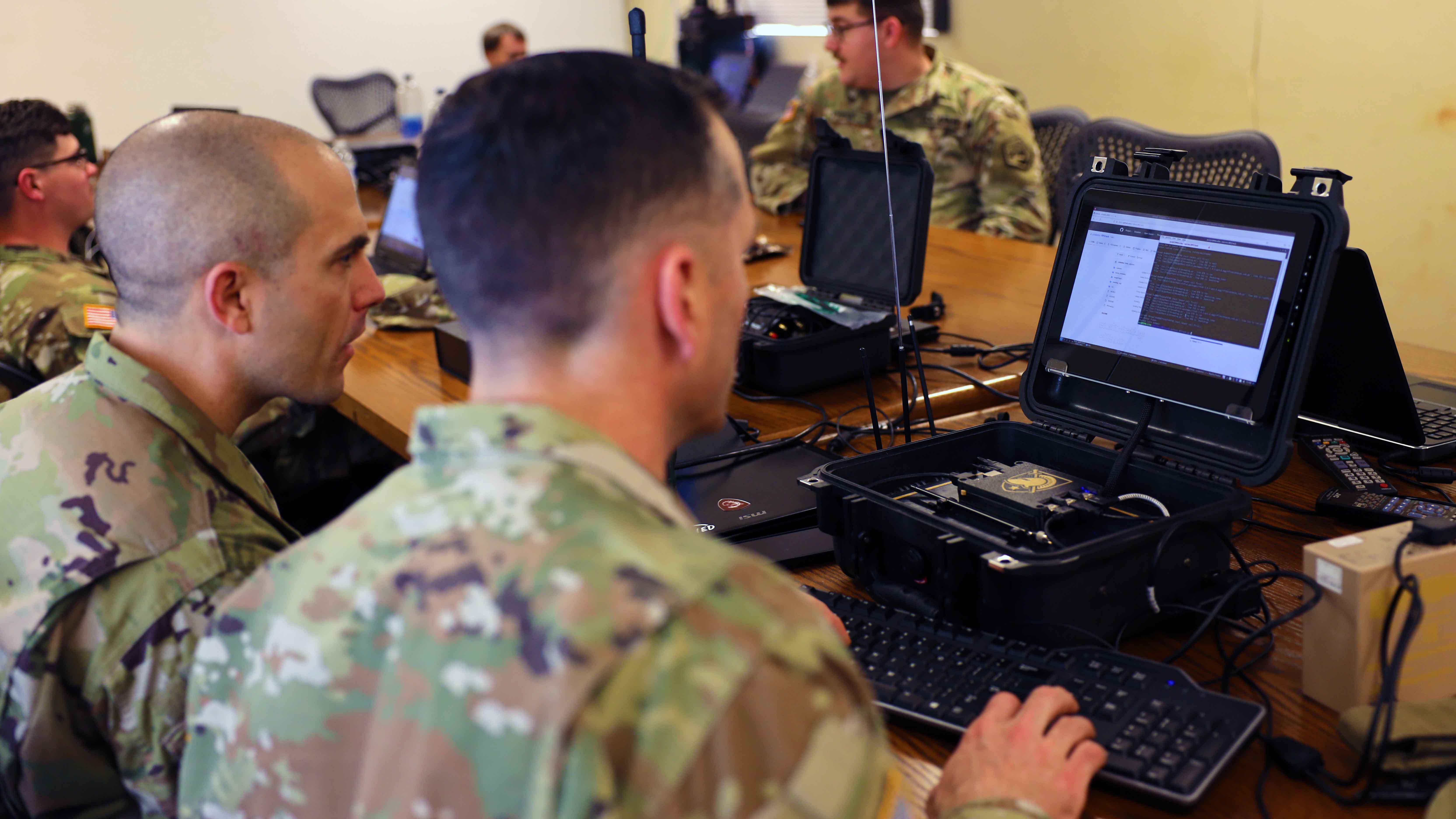DoD Ramps Up Efforts to Grow Cyber Workforce
DoD Ramps Up Efforts to Grow Cyber Workforce

Faced with growing and evolving cyberthreats, the Defense Department is trying several new programs to boost its cyber workforce, a senior official told lawmakers.
“The Department of Defense must adapt to emerging threats and develop a skilled workforce to tackle national security challenges in the global landscape,” said Leslie Beavers, principal deputy chief information officer for DoD. “Cyber threats, cloud computing and software modernization are crucial for safeguarding national interests and supporting warfighters. A skilled workforce is needed to innovate, develop and implement cyber capabilities for sustained superiority.”
Testifying June 26 before the House Homeland Security Committee, Beavers and other government leaders, including from the Department of Homeland Security, talked about how the federal government is working to build this crucial, highly skilled and in-demand workforce.
The Pentagon is committed to reducing the vacancy rates of its cyber positions by 2% every year over the next two to five years, Beavers said in her prepared statement for the committee. The goal is to reduce the overall cyber workforce vacancy rate to below 15%, she said.
By leveraging “existing and under-development authorities that support innovative hiring practices” as well as “targeted recruiting, retention and relocation bonuses and other related pay-related programs,” DoD anticipates “an additional 2,000 successful cyber workforce hiring actions in each year for the next two to five years,” Beavers said.
Much of DoD’s efforts to secure “top talent” are being driven by its Cyber Workforce Strategy, released in March 2023, and its implementation plan, Beavers said in her prepared statement. “Our goals are to address workforce gaps by recruiting top-tier cyber professionals, expanding our cyber workforce, and enhancing the skills of our existing talent,” Beavers said.
One way it’s doing that is through the Cyber Excepted Service, a personnel system that gives DoD more flexibility to recruit, retain and develop cyber professionals. This could include advancement opportunities without time-in-grade requirements or offering market-based compensation.
The Pentagon also is partnering with academia and other agencies to enhance education and training for its cyber workforce, Beavers said. One example is the Office of Personnel Management’s Federal Rotational Cyber Workforce Program, which allows cyber-coded government civilians to hone or develop their knowledge and skills through applying for and serving in rotational details outside their home agencies across the federal government, she said.
“As cyberspace risks continue to evolve in complexity and frequency, fostering collaboration between the federal government and academic institutions becomes imperative,” she said.
The Army’s efforts to boost its cyber workforce and build information advantage will be among the topics discuss July 2 at a Hot Topic event hosted by the Association of the U.S. Army.
For more information or to register, click here.

